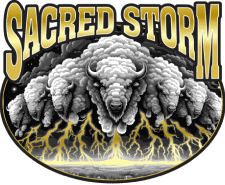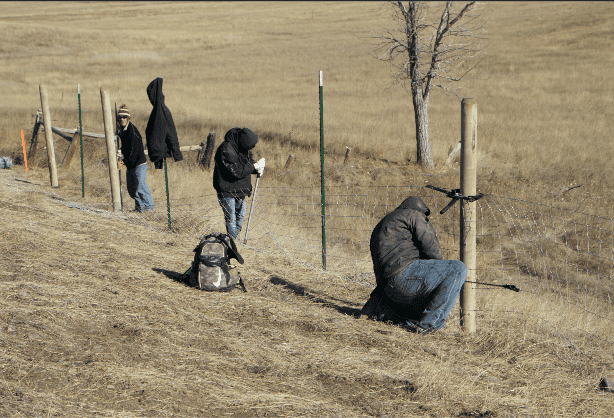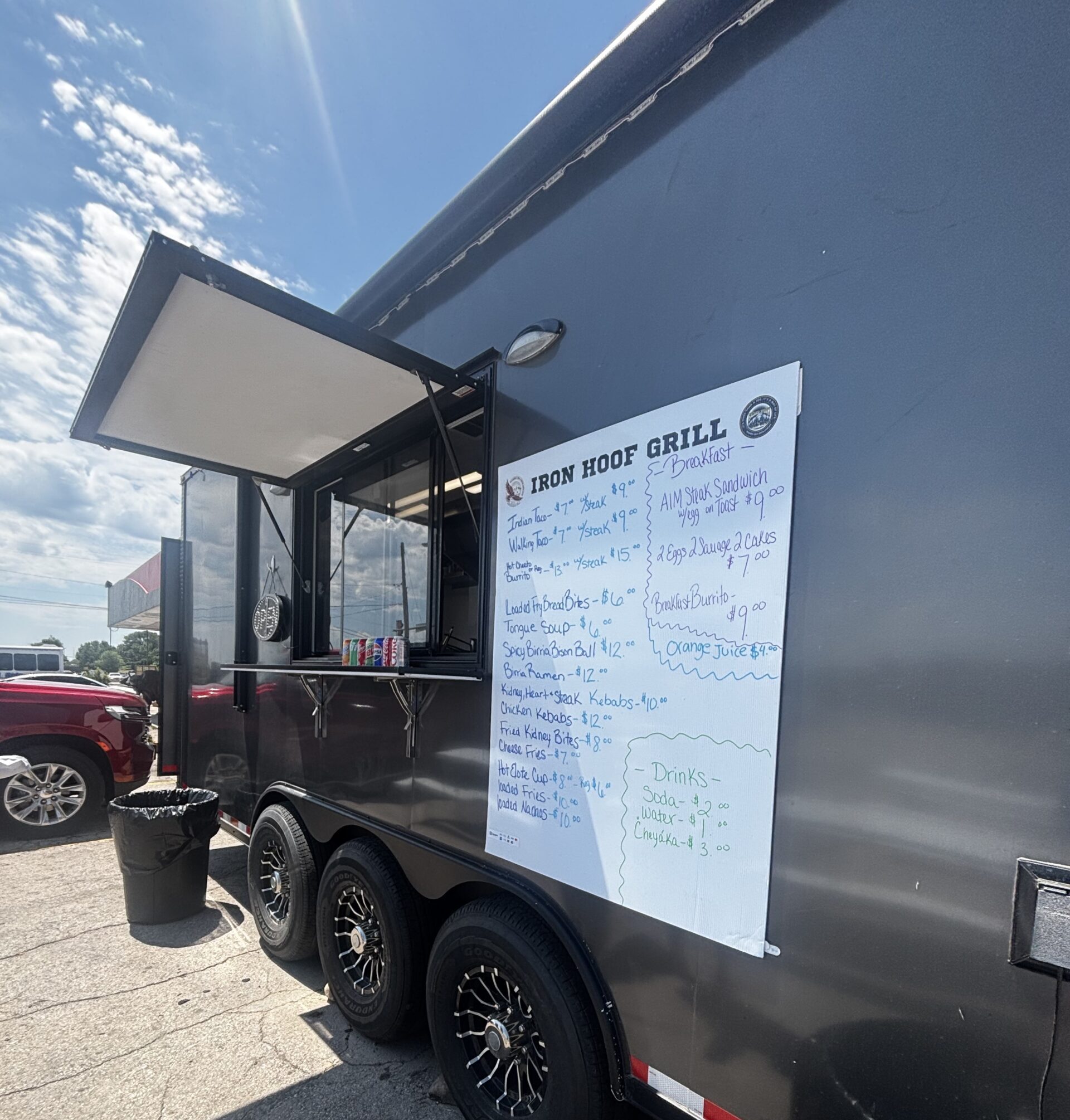East of Rapid City, at the Wambli Ska Ranch, the land stretches open and untamed, ideal for buffalo but only with the proper infrastructure to manage them safely.
The Challenge of Buffalo Containment
If you’ve ever seen cattle fencing—or even worked with cattle—you know that enclosures are often more about guiding movement and limiting grazing than preventing escape. Cattle tend to stay where the food is, so standard fencing is usually enough to keep them contained.
The same can’t be said for buffalo.
Unlike cattle, which have been domesticated for centuries, buffalo retain much of their wild nature. They roam longer distances, can clear fences with a surprising 6-foot vertical leap, and will use their behemoth size of up to 2,000 pounds to push through weak spots if they sense instability. Basically, if there’s an opening, they’ll find it—and once a buffalo decides to move, stopping it is nearly impossible.
Strength isn’t the only challenge. A charging bull can hit a weak point with the force of a battering ram, but speed is just as much of a factor. At 40 mph, buffalo can cover ground in seconds, pivoting sharply to change direction with an agility that makes rounding them up difficult once they’ve broken loose.
All that to say, the fencing at Wambli Ska Ranch has to not only withstand their weight but prevent high-speed escapes before they happen.

Fencing Wambli Ska
At Wambli Ska Ranch, warriors took on the labor-intensive task of installing new fencing, creating a secure but functional space for herd management. While they set posts and tensioned wire, the Horse Whisperer Warriors trained alongside them, learning the fundamentals of moving buffalo across the landscape without causing unnecessary stress.
All of these measures are necessary to manage our animal relatives because buffalo don’t respond to herding the way cattle do. They don’t move in tight clusters, nor do they “follow the leader” the way that domesticated livestock might. Instead, they spread out as they graze, keeping on the move throughout the day. Their natural instinct to keep moving– which prevents overgrazing– means they must be guided without feeling forced.
Another consideration is their strong reactions to perceived threats. Horse Whisperer Warriors have to learn to read body language and anticipate movements so they’re applying just enough pressure to encourage direction changes without triggering a panic.
Too much pressure from one angle can send them scattering; too little, and they won’t move at all. They’ll work from the sides, adjusting their positioning based on how the buffalo react. Gates and fencing assist in this process, acting as barriers that encourage our relatives to stay on the path of least resistance.
With fencing in place and warriors gaining hands-on experience, Wambli Ska Ranch is helping prepare the next generation of Native ranchers. While building these enclosures, they’re learning how to work with the buffalo’s instincts instead of against them, and developing a sense of responsibility for the land that supports their efforts.



